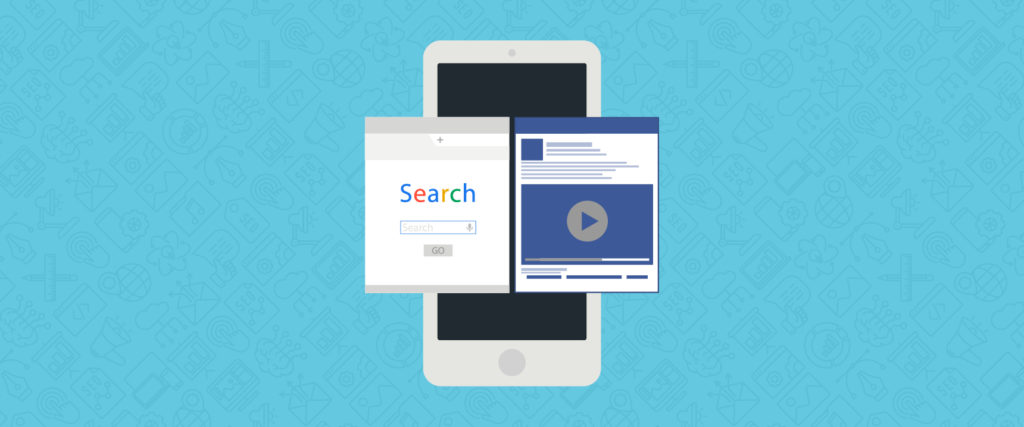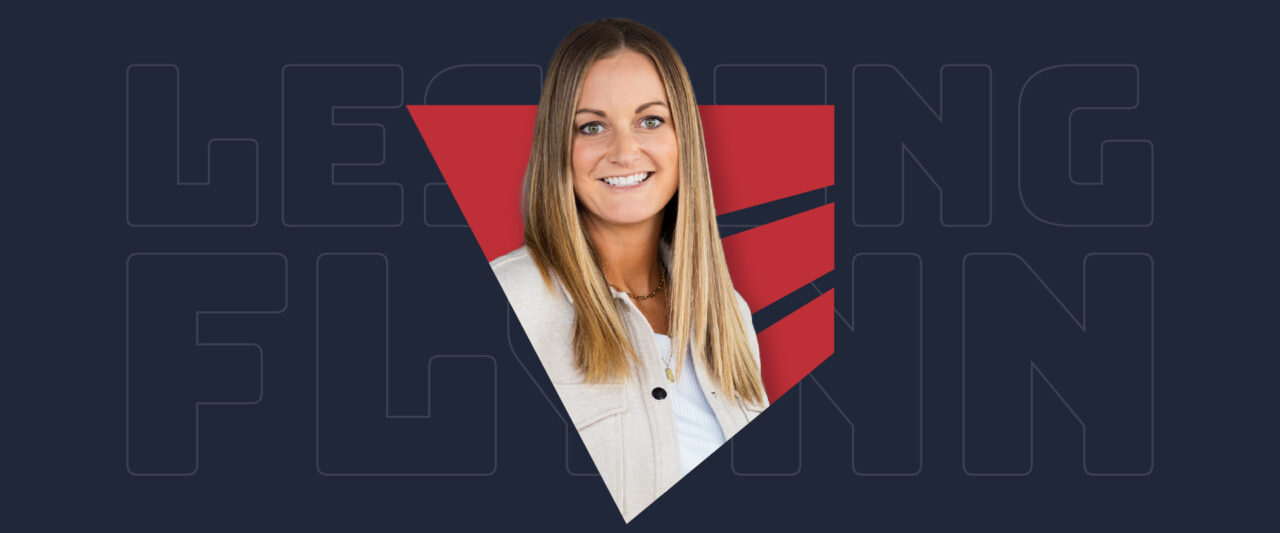Oftentimes when people think of digital ads, they default straight to Google Ads. But there are many instances when the targeting and placement opportunities on Facebook are just as relevant, if not more so. Facebook Ads can do so much more than just boosting your posts (and no, I don’t mean influencing presidential elections). So, let’s break down the different targeting and placements opportunities of each platform and go over guidelines on when to use each.
Targeting:
| Keywords | X | ||
| Geography | X | X | |
| Demographics | X | X | |
| Interests | X | X | |
| Education / work | X | ||
| Life Events | X | ||
| Parental status | X | X | |
| Behaviors (ex. technology early adopter) | X | ||
| Event attendance | X | ||
| Prior engagement | X | ||
| Website visits | X (with Pixel installed) | X (with Pixel installed) | |
| Custom audience | X (on select placement types) | X | |
| Lookalike audience | X | ||
| Affinity audience | X | ||
| In-market audience | X |
Digital ad placements + types:
Google Ads
Google Ads come in many different formats, with different targeting methods available to each. Based on the ad type selected, the ad creative can include text, banner, video and Gmail ads.
- Search ads
- Display ads
- YouTube ads
- Gmail ads
Facebook Ads
All Facebook Ads allow graphics/video with a link or a lead form no matter the placement.
- Facebook News Feed
- Facebook Stories
- Facebook Messenger
- Instagram Feed
- Instagram Stories
- Facebook Instant Articles
- And more! Facebook has a handful of additional placement types, but the above are the most frequently used.
A note if you’re a B2B business: Your contacts and prospects are people too! Facebook isn’t just for B2C brands. It is actually a great tool to use for B2B advertising as well. With the target capabilities, you’re able to hone in on your audience and reach them wherever they are: at work or at home.
When to use Google Ads:
- To be top-of-mind when someone is searching the market for a product, Google text ads are the way to go. Because a user is actively searching for a product, brand or solution, your ad has the opportunity to be shown at the exact moment they need it!
- Wide brand awareness can be achieved with Google display ads by reaching your audience on websites that may be related or unrelated to your business.
- If you have a video that you want more eyes on, Google Ads is the answer. The YouTube ad offerings for Google Ads are far more comprehensive than Facebook video ads. Although, Facebook is starting to dip their toes into the in-stream waters and expand their video ad opportunities. Keep an eye out.
- Custom emails can be an effective tool, but expensive. Gmail is a great way to get a larger message right into the email inboxes of your target audience. The format of emails can resemble a custom eBlast, but you can rely on ad targeting instead of a publisher’s database too.
When to use Facebook Ads:
- Think about the last conference you attended. How often did you scroll through Facebook between sessions or send your family a quick Facebook message? There is a great opportunity to combine detailed targeting (including by industry, job title, etc.) with geography to reach the right audience while they’re still at your event.
- If your main goal is to generate leads, Facebook is the place to go! With their integrated lead generation form, a prospect never has to leave the app to share their information with you. Plus, your team doesn’t have to design and build a conversion-optimized landing page.
- Complex creative messages can perform well on Facebook as there are plenty of opportunities to showcase copy and images separately.
- Thought leadership content is ripe for distribution via Facebook Ads. Whether it’s a new whitepaper download or a thoughtful blog post, you can directly offer that content up to a relevant audience and inspire clicks or downloads.
Why you should consider using both:
- We’ve all been a victim of Amazon’s retargeting ads when we place something in our carts but don’t check out — then it pops up on the side of your screens for weeks. There is a great opportunity to channel this energy using Google Analytics or Google Ads tags and the Facebook Pixel to reach past website visitors with a conversion message. This is an especially great tactic because the user has already shown interest in your brand by visiting your website.
- Both platforms can prioritize clicks to gain website traffic for your brand. This is especially true if you are advertising a specific product type that people may be searching for.
- If the goal is general brand awareness, you can combine Facebook Ads with Google display ads to reach a wide-spread audience.
At the end of the day, there is a time and place for both platforms. But they are both important to a comprehensive media plan and can play a vital role in meeting your organization’s KPIs. Don’t be afraid to dip your toes in the digital advertising waters — you’ll see there are plenty of opportunities!
LF Newsletter Alert
Want Lessing-Flynn to rock the socks off your inbox with insights and more?




